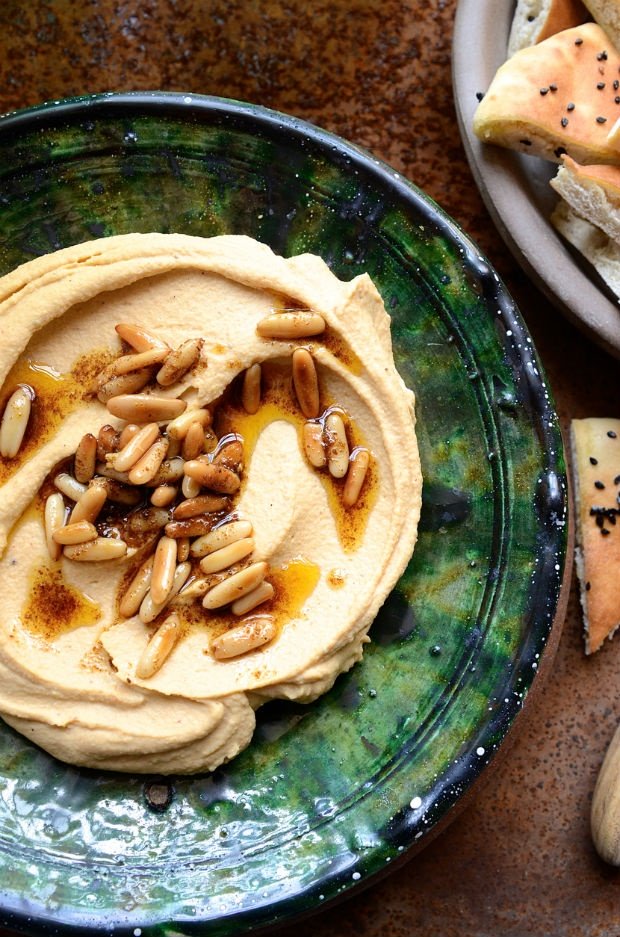Knowing that the agricultural industry and its impact on our climate are inextricably linked means planet-considerate food choices are actually one of the most effective ways you can begin to address the problem.
According to the World Economic Forum, three quarters of our collective global diet is made up of just 12 plants and five animals. “Just three of these plants (rice, wheat and maize) make up nearly 60% of all plant-based calories humans consume. Of the earth’s estimated 400 000 plant species, we could eat around 300 000. And yet we only eat 200.”
Here are some earth-friendly foods you can use to diversify your diet.
Chickpeas and lentils
Chickpeas and lentils are part of the legume family. They need very little water to grow and can do so in harsh climates. On top of this, when combined with some species of mushroom, these crops draw nitrogen out of the soil, utilising it effectively. This cuts down on the need for chemical fertilisers that emit additional nitrous oxide into the atmosphere.
TRY: Hummus with a spicy harissa pine nut oil
Heirloom tomatoes
Pick some orange and yellow tomatoes for a change. The red ones are by far one of the most consumed vegetables (technically a fruit) globally. Their heirloom counterparts offer better disease and pest resistance (read: less pesticides), are less acidic and contain twice the amount of vitamin A and folate.
TRY: Wild oyster and heirloom tomato salad
Edible seaweeds
Algae is responsible for nearly half the Earth’s oxygen production. Laver seaweed, part of the red algae family and farmed in Scotland and Wales, is highly nutritious and full of umami flavour. It can be grown year-round and requires zero fertiliser or pesticides. Wakame is another eco-conscious algae to try.
TRY: Seaweed wraps
TRY: Korean seaweed rice rolls (Gimbap)
Adzuki and fava beans
Adzuki beans are the fruit of a very drought-tolerant plant that produces a high yield with low water needs. Fava beans are equally water wise and act as a cover crop. This means they prevent weed growth and enrich the soil while being good at keeping pests away during harvests. They’re also a big friend of the honey bee.Other eco-superhero beans to swap out for your regular kidney beans are black beans, mung beans and soybeans.
TRY: Black rice and black bean salad
TRY: Spicy broccoli and mung bean curry
Prickly pears
The nopales or cactus pear, also known as Opuntia, is a staple food in Central and South America, Africa and the Middle East. It’s highly nutritious when eaten raw or cooked, and can be used as efficient feedstock or as a biogas – an alternative energy source. And being able to grow in very hot dry regions, this plant could aid in desertification and regenerate soils.
Figs
Fig trees are one of the most resilient plants on Earth, according to an article in the New Yorker. It isn’t actually a fruit at all, but a flower blooming inwards. With over 750 species, each with their own highly specialised pollinating wasp species, these plants act as cornerstones in their ecosystems.They grow year-round and provide a critical food source to hundreds of animal species. Heads up – some commercial varieties grow their figs from non-eco integrated cuttings that don’t rely on wasp pollination at all. Once again – go organic.·
TRY : French toast with figs, pomegranate and a white-chocolate ganache

